
Morito Shrine
A serene coastal shrine famed for its iconic torii gate at sea and breathtaking sunset views of Mount Fuji.

Highlights
Must-see attractions
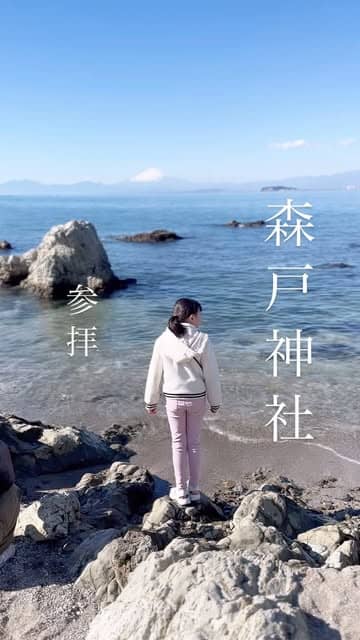
Social
From TikTok & Reddit
Best Time
Magical Fuji views

Morito Shrine
Best Time
Magical Fuji views

Highlights
Must-see attractions
A serene coastal shrine famed for its iconic torii gate at sea and breathtaking sunset views of Mount Fuji.
"This shrine was absolutely gorgeous and such a peaceful stop."
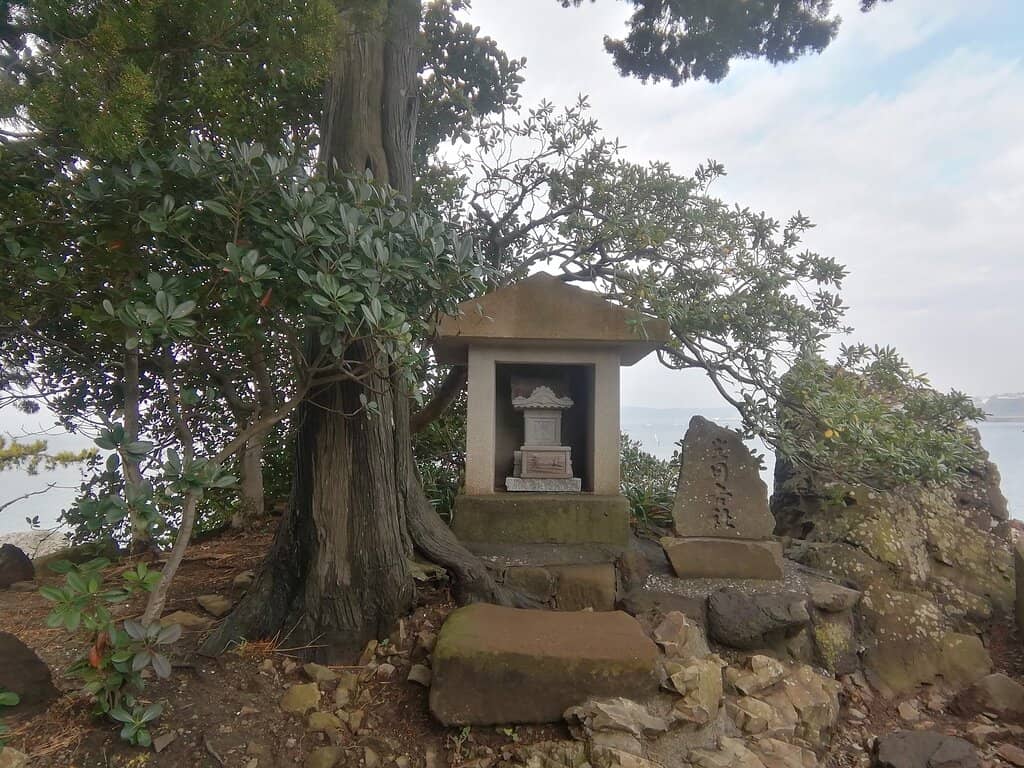
🌅 Catch the Sunset
The sunset view with Mount Fuji is unforgettable. Arrive a bit early to secure a good spot!
🚶♀️ Coastal Stroll
Walk along the coast from Shin-Nase beach for a scenic approach to the shrine.
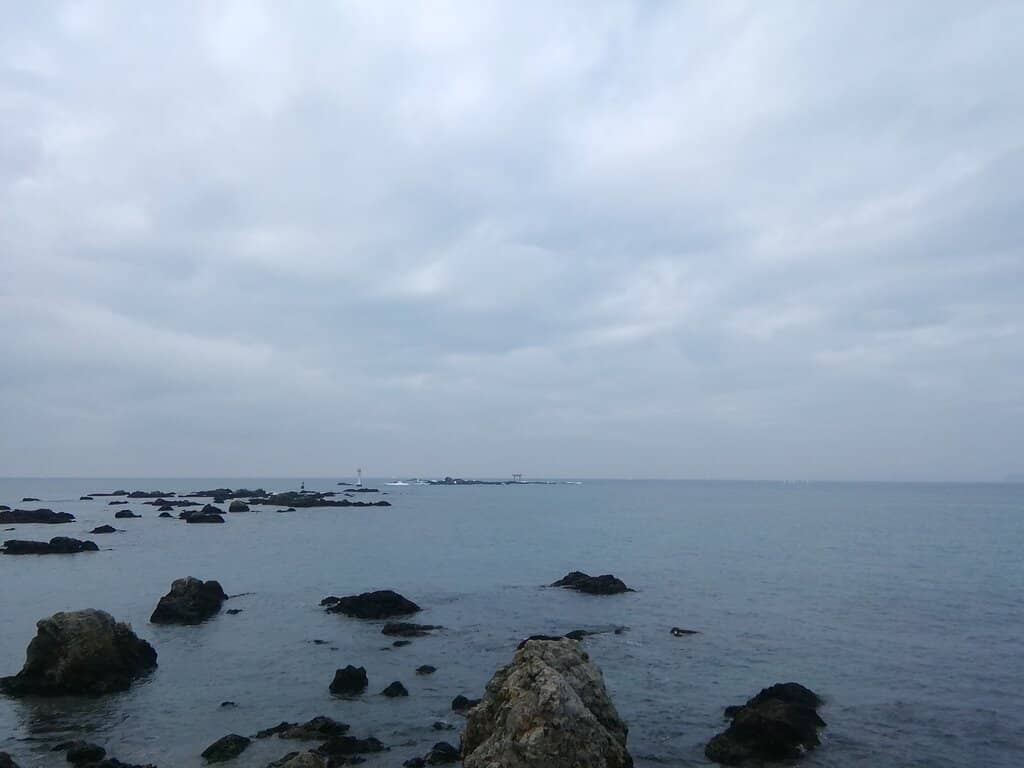
Highlights
Discover the most iconic attractions and experiences

Torii Gate at Sea
Rocky outcrop offshore
Iconic red torii gate standing majestically against the Sagami Bay, especially breathtaking at sunset.
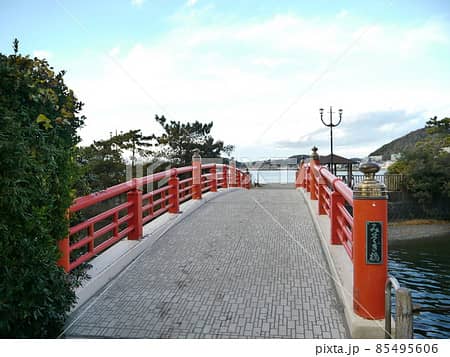
Misogi Bridge
Left side of the shrine grounds
A vibrant red bridge offering a picturesque spot for photos with the sea as a backdrop.
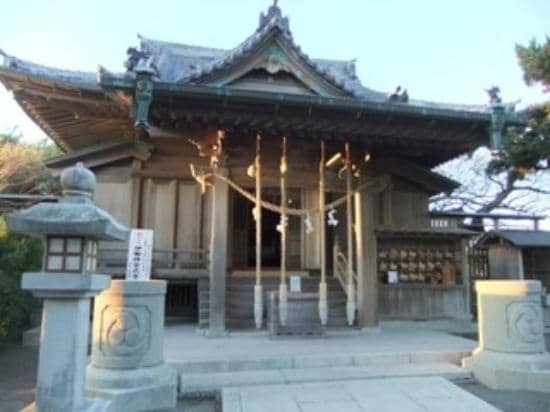
Ocean Vistas
Shrine grounds and paths
Panoramic views of Sagami Bay, providing a serene and beautiful backdrop from various angles.
Plans like a pro.
Thinks like you
Planning Your Visit
Embrace the Serenity
Explore the Sacred Grounds
Best Times
Insider Tips
from TikTok, Instagram & Reddit
🌅 Catch the Sunset
The sunset view with Mount Fuji is unforgettable. Arrive a bit early to secure a good spot!
🚶♀️ Coastal Stroll
Walk along the coast from Shin-Nase beach for a scenic approach to the shrine.
📜 Learn the History
Read the info boards to understand the shrine's significance and customs.
🍀 Tie Bad Fortunes
If you draw a negative omikuji, tie it to a tree to leave bad luck behind.
Tips
from all over the internet
🌅 Catch the Sunset
The sunset view with Mount Fuji is unforgettable. Arrive a bit early to secure a good spot!
🚶♀️ Coastal Stroll
Walk along the coast from Shin-Nase beach for a scenic approach to the shrine.
📜 Learn the History
Read the info boards to understand the shrine's significance and customs.
🍀 Tie Bad Fortunes
If you draw a negative omikuji, tie it to a tree to leave bad luck behind.
☕ Pair with a Cafe
Combine your visit with a relaxing stop at a nearby cafe for a perfect day out.
What Travellers Say
Reviews Summary
Visitors consistently praise Morito Shrine for its breathtaking coastal scenery and tranquil atmosphere, making it a highly recommended peaceful stop. The iconic torii gate and sunset views are standout features, offering a serene escape. While the shrine itself is modest, its beautiful setting and the opportunity for quiet contemplation are its greatest assets.
"This shrine was absolutely gorgeous and such a peaceful stop. The entire setting is what really makes it shine there are stunning sea views as you walk around the grounds, and it’s quiet enough to fully take in the atmosphere. I highly recommend pairing this with a visit to a nearby café and then heading over for a peaceful stroll.
Take your time walking the grounds because the views of the ocean are beautiful from different angles. The shrine itself is small but lovely, and if you follow the path toward the back, you can even go all the way down to the water.
It’s a perfect stop if you want something peaceful and scenic not crowded, just calm and beautiful. Definitely worth a visit if you’re in the area."
Marissa G. W
"Vast temple ground. To the left is the red Misogi bridge, a great photo spot. To the right is the Sagami Bay. To know the history of the shrine, it is a must to read what is displayed on the information board. One can also learn how to pay respects from the information displayed. One can go to the purification trough to cleanse oneself before praying. One can get souvenirs, amulet, omikuji( fortune), ema (wooden tablets). An Amulet protect the wearer from various ills while also bringing them good fortune. One can randomly choose a slip of paper from the omikuji box, to have one's fortune told. If you get a negative fortune, you can tie the paper to a nearby tree, so that the bad luck luck stays behind when you leave the shrine. One can write one's wishes on the ema, a wooden tablet to be read by the gods and have them hung on a large pegboard."
GAN LAY YONG
"Located in the town of Hayama, Kanagawa Prefecture, Morito Shrine stands as one of the most famous shrines in all of Hayama, if not the whole Shonan area. Built around 1180 by the first Kamakura shogun, Minamoto no Yoritomo"
Sora Beautiful
What People Like
What People Dislike
Frequently Asked Questions
🚇 🗺️ Getting There
From Zushi·Hayama Station, it's a pleasant walk along the coast. You can also take a bus towards Morito or Hayama and get off at the nearest stop. The coastal walk is highly recommended for scenic views.
Limited parking is available near the shrine, but it can fill up quickly, especially on weekends and holidays. Consider public transport or walking if possible.
Yes, you can walk along the coastal line from places like Shin-Nase beach, which offers a beautiful and scenic route to the shrine.
To catch the sunset, plan your arrival about an hour before sunset to allow time for parking (if driving) and to find a good viewing spot. Public transport is a reliable option.
The nearest station is Zushi·Hayama Station. From there, it's a walk or a short bus ride to the shrine.
🎫 🎫 Tickets & Entry
Morito Shrine is generally free to enter and explore its grounds. There are no admission fees for the main shrine area.
The shrine grounds are typically open from early morning until late afternoon or early evening. It's best to check local listings for exact hours, especially around sunset.
Yes, you can purchase souvenirs, protective amulets (omamori), fortune slips (omikuji), and ema (wooden wishing tablets) at the shrine.
Omikuji are available for purchase at the shrine's designated counter or booth. You can then tie negative fortunes to trees on the grounds.
No, advance booking is not required for visiting Morito Shrine as it's a public place of worship with free entry to the grounds.
📸 📸 Photography
The iconic torii gate on the rocky outcrop, the red Misogi bridge, and various viewpoints along the coastal paths offer excellent photo opportunities. Sunset is particularly popular.
Photography is generally permitted in the outdoor grounds, but it's respectful to refrain from taking photos inside the main prayer halls or during ceremonies.
Sunset provides a dramatic backdrop for the torii gate, often with Mount Fuji visible in the distance. Early morning offers softer light and fewer crowds.
Drone usage is typically restricted at religious sites to maintain peace and respect. It's advisable to check local regulations or inquire on-site before flying a drone.
A wide-angle lens is great for capturing the expansive sea views and the torii gate. A telephoto lens can be useful for distant shots of Mount Fuji.
🎫 ⛩️ Onsite Experience
You can enjoy the scenic sea views, walk down to the water, read about the shrine's history, purchase omamori and ema, and experience the peaceful atmosphere.
Most visitors spend 1-2 hours exploring the grounds, taking photos, and enjoying the views. If you plan to visit a nearby cafe, allow extra time.
The Misogi bridge is a beautiful red bridge that serves as a picturesque spot for photos and is part of the shrine's aesthetic appeal.
Yes, there are paths that lead down to the water's edge, allowing you to get closer to the sea and the rocky outcrop where the torii gate stands.
Ema are wooden tablets where you can write your wishes. After writing, you hang them on a designated pegboard at the shrine for the gods to read.
🍽️ 🍽️ Food & Dining
While there aren't dining facilities directly within the shrine, there are several charming cafes and restaurants located nearby, especially along the coast.
You'll find local Japanese cuisine, seafood, and cafes offering light meals and drinks. Many places offer sea views to enhance your dining experience.
Picnicking is generally not encouraged within the sacred grounds of shrines. It's best to enjoy your meals at designated areas or nearby eateries.
Many visitors recommend finding a cafe or restaurant along the coastal road for a relaxing meal with ocean views after your shrine visit.
While Japanese cuisine often features seafood, many restaurants offer vegetable-based dishes. It's advisable to check menus or ask staff for vegetarian options.
For Different Travelers
Tailored advice for your travel style
👨👩👧 Families with Kids
Consider visiting during off-peak hours to ensure a more relaxed experience. The walk along the coast can be a pleasant part of the journey, but keep an eye on younger children near the water. Bringing snacks and drinks is advisable, as dining options directly at the shrine are limited, though nearby cafes offer family-friendly choices.
🚶♀️ Solo Travelers & Peace Seekers
The ability to walk down to the water's edge offers a unique connection with nature. The practice of tying negative fortunes from omikuji is also a cathartic experience for many. Combining your visit with a stop at a local cafe allows for a leisurely end to your peaceful excursion.
📸 Photography Enthusiasts
Experiment with different times of day to capture varying light conditions. Early mornings offer soft, diffused light and fewer people, while evenings provide dramatic sunset hues. Don't forget to explore the details within the shrine grounds, such as the ema boards and purification fountains, for unique shots.
Deep Dives
In-depth insights and expert knowledge
The History and Significance of Morito Shrine
The shrine's architecture and layout are designed to harmonize with the natural surroundings. The iconic torii gate standing in the sea is a powerful symbol, representing a gateway between the earthly and spiritual realms. Visitors often feel a sense of peace and reverence when observing this striking feature. The shrine also offers insights into traditional Japanese customs, such as purification rituals and the practice of writing wishes on ema.
Understanding the historical context enhances the visitor experience. Learning about its founding by a prominent shogun and its continuous role as a spiritual center provides a deeper appreciation for the shrine's enduring legacy. It's a place where history, nature, and spirituality converge beautifully.
Capturing the Perfect Shot: Photography at Morito Shrine
Beyond the famous torii, explore the Misogi Bridge, a striking red structure that provides a picturesque foreground for shots of the sea. Wander along the coastal paths to discover unique angles of the shrine and the bay. Early mornings offer softer light and a more serene atmosphere, ideal for capturing the tranquility of the location without the crowds.
Remember to be respectful of the sacred nature of the shrine. While outdoor photography is generally welcomed, avoid intrusive shots during prayer times or inside main halls. Consider bringing a wide-angle lens to capture the expansive sea views and a telephoto lens for distant Fuji shots. Capturing the essence of Morito Shrine is about more than just the landmarks; it's about conveying the peaceful, spiritual ambiance of the place.
A Peaceful Retreat: Experiencing the Ambiance
Many visitors recommend taking your time to walk the grounds, as the views of the ocean are beautiful from different angles. Following the path towards the back can lead you all the way down to the water's edge, offering a unique perspective of the torii gate and the coastline. This unhurried exploration allows for a deeper appreciation of the shrine's natural beauty and spiritual significance.
Pairing your visit with a stop at a nearby cafe is a popular suggestion for extending the relaxing experience. It's an opportunity to reflect on the peaceful moments enjoyed at the shrine and savor the coastal charm of Hayama. Morito Shrine is more than just a sight to see; it's an experience to be felt.

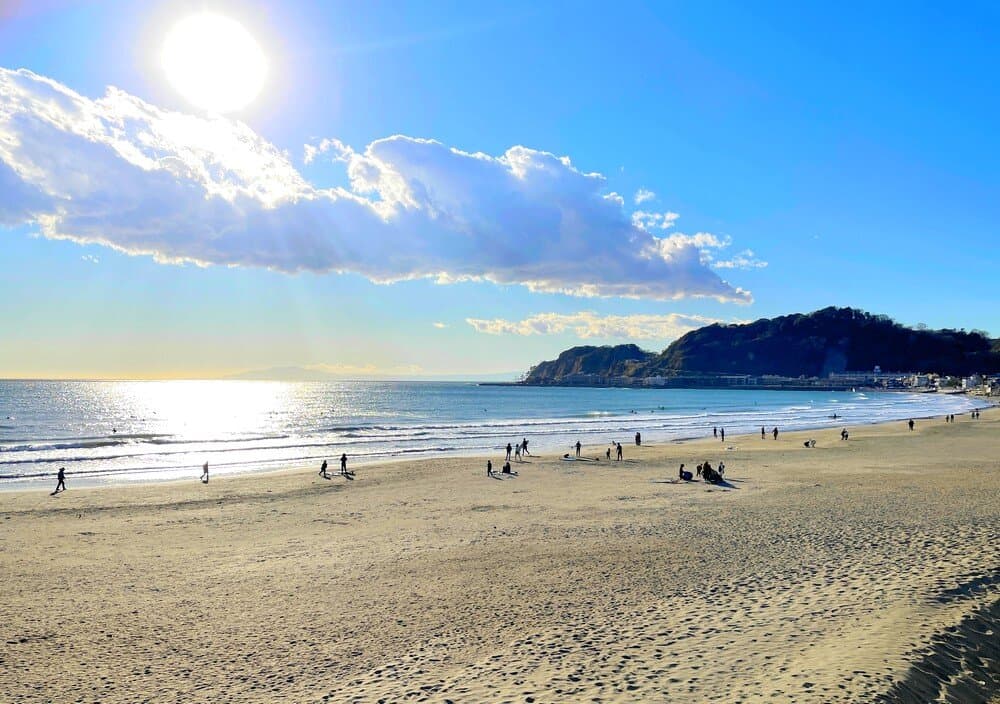



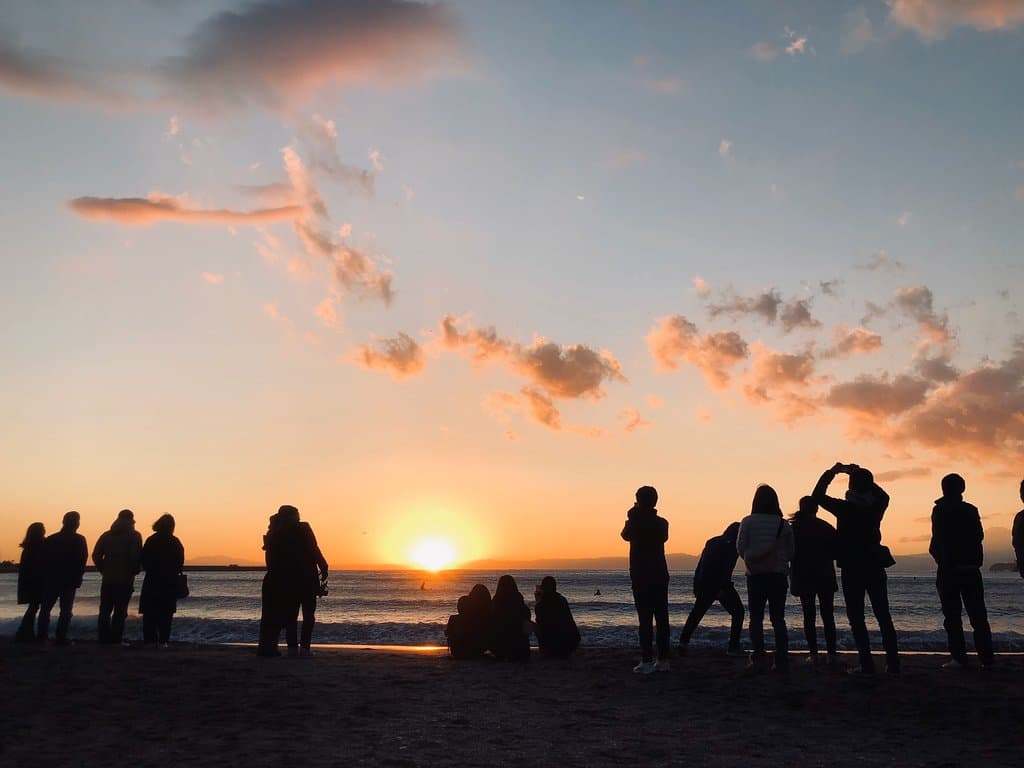
Social
from TikTok, Instagram & Reddit